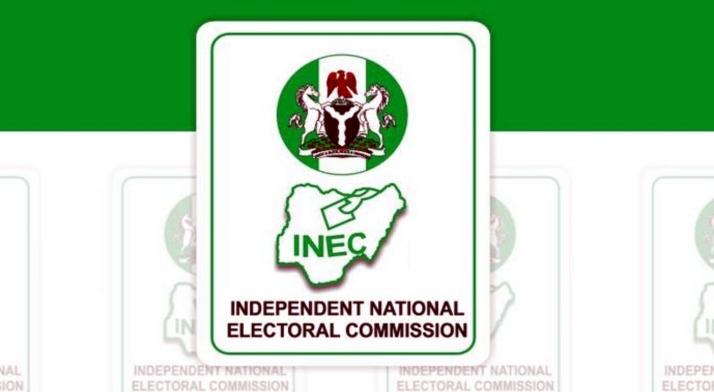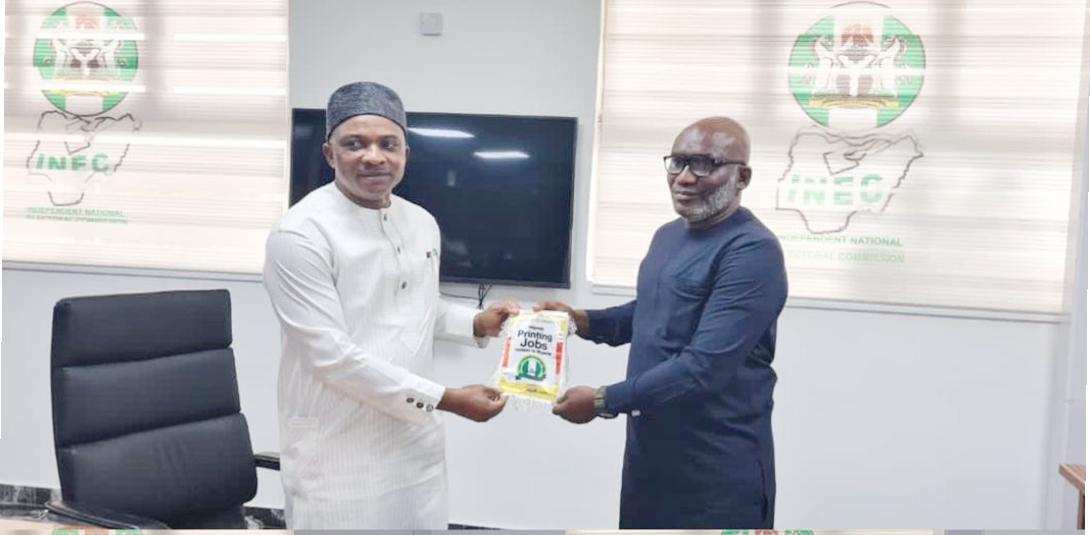
9 minute read
Table of content
STRATEGY UNDER UNCERTAINTY FOR BUSINESS OWNERS
…What makes for a good strategy in a highly uncertain business e n v i r o n m e n t ? F o r b e e r understanding of the discuss, it is paramount we understand what business uncertainty is. Business uncertainty refers to situaons in which businesses face risks that can't be foreseen or measured. During these mes, it may be hard for businesses to predict their p e r f o r m a n c e d u e t o unprecedented or constantly changing events in their business life cycle.
Advertisement
The salient queson to ask will be how should execuves facing great uncertainty decide whether to bet big, hedge, or wait and see? Chances are, tradional strategicplanning processes won't help much. The standard pracce is to lay out a vision of future events precise enough to be captured in a discounted-cash-flow analysis. Of course, managers can discuss alternave scenarios and test how sensive their forecasts are to changes in key variables, but the goal of such analysis is oen to find the most likely outcome and create a strategy based on it.
That approach serves companies well in relavely stable business environments. But when there is greater uncertainty about the future, it is at best marginally helpful and at worst downright dangerous. One danger is that this tradional approach leads execuves to view uncertainty in a binary way—to assume that the world is either certain, and therefore open to precise predicons about the future, or uncertain, and therefore completely unpredictable. Planning or capital-budgeng processes that require point forecasts force managers to bury underlying uncertaines in their cash flows. Such systems clearly push managers to underesmate uncertainty in order to make a compelling case for their strategy.
Underesmang uncertainty can lead to strategies that neither defend against the threats nor take advantage of the opportunies that higher levels of uncertainty may provide. In one of the most colossal underesmaons in business history, Kenneth H. Olsen, then president of Digital Equipment Corporaon, announced in 1977 that “there is no reason for any individual to have a computer in their home.” The explosion in the personal computer market was not inevitable in 1977, but it was certainly within the range of possibilies that industry experts were discussing at the me.
At the other extreme, assuming that the world is enrely unpredictable can lead managers to abandon the analycal rigor of their tradional planning processes altogether and base their strategic decisions primarily on gut insnct.
This “just do it” approach to strategy can cause execuves to place misinformed bets on emerging products or markets that result in record write-offs. Those who took the plunge and invested in home banking in the early 1980s immediately come to mind.
Risk-averse managers who think they are in very uncertain environments don't trust their gut insncts and suffer from decision paralysis. They avoid making crical strategic decisions about the products, markets, and technologies they should develop. They focus instead on r e e n g i n e e r i n g , q u a l i t y management, or internal costreducon programs. Although valuable, those programs are not substutes for strategy.
W h at fo l l o ws , t h e n , i s a framework for determining the level of uncertainty surrounding strategic decisions and for tailoring strategy to that uncertainty.
Even the most uncertain business environments contain a lot of s t r a t e g i c a l l y r e l e v a n t informaon. First, it is oen possible to idenfy clear trends, such as market demographics, that can help define potenal demand for future products or services. Second, there is usually a host of factors that are currently unknown but that are in fact knowable—that could be known if the right analysis were done.
Performance aributes for
current technologies, elascies of demand for certain stable categories of products, and competors' capacity-expansion plans are variables that are oen unknown, but not enrely unknowable.
The uncertainty that remains aer the best possible analysis has been done is what we call residual uncertainty—for example, the outcome of an ongoing regulatory debate or the performance aributes of a technology sll in development.

But oen, quite a bit can be known about even those residual uncertaines. In pracce, we have f o u n d t h a t t h e r e s i d u a l uncertainty facing most strategicdecision makers falls into one of four broad levels:
Level 1: A Clear-Enough Future.
At level 1, managers can develop a single forecast of the future that is precise enough for strategy development. Although it will be inexact to the degree that all business environments are inherently uncertain, the forecast will be sufficiently narrow to point to a single strategic direcon. In other words, at level 1, the residual uncertainty is irrelevant to making strategic decisions.
Level 2: Alternate Futures.
At level 2, the future can be described as one of a few alternate outcomes, or discrete scenarios. Analysis cannot idenfy which outcome will occur, although it may help establish probabilies. Most important, some, if not all, elements of the strategy would change if the outcome were predictable.
Many businesses facing major regulatory or legislave change confront level 2 uncertainty. The value of a strategy depends mainly on competors' strategies, and those cannot yet be observed or predicted. For example, in oligopoly markets, such as those for pulp and paper, chemicals, and basic raw materials, the primary uncertainty is oen competors' plans for expanding capacity: Will they build new plants or not?
Economies of scale oen dictate that any plant built would be quite large and would be likely to have a significant impact on industry prices and profitability. Therefore, any one company's decision to build a plant is oen conngent on competors' decisions.
Level 3: A Range of Futures.
At level 3, a range of potenal futures can be idenfied. That range is defined by a limited number of key variables, but the actual outcome may lie anywhere along a connuum bounded by that range. There are no natural discrete scenarios. As in level 2, some, and possibly all, elements of the strategy would change if the outcome were predictable.
Companies in emerging industries or entering new geographic markets oen face level 3 uncertainty.
Analogous problems exist for companies in fields driven by technological innovaon like our industry – The prinng and packaging sector. When deciding whether to invest in a new technology, producers can oen esmate only a broad range of potenal cost and performance aributes for the technology, and the overall profitability of the investment depends on those aributes.
Level 4: True Ambiguity.
At level 4, mulple dimensions of uncertainty interact to create an environment that is virtually impossible to predict. Unlike in level 3 situaons, the range of potenal outcomes cannot be idenfied, let alone scenarios within that range. It might not even be possible to idenfy, much less predict, all the relevant variables that will define the future.
Level 4 situaons are quite rare, and they tend to migrate toward one of the other levels over me. Those examples illustrate how difficult strategic decisions can be at level 4, but they also underscore their transitory nature.
Tailoring Strategic Analysis to the Four Levels of Uncertainty.
Our experience suggests that at least half of all strategy problems fall into levels 2 or 3, while most of the rest are level 1 problems. But execuves who think about uncertainty in a binary way tend to treat all strategy problems as if they fell into either level 1 or level 4. And when those execuves base their strategies on rigorous analysis, they are most likely to apply the same set of analyc tools regardless of the level of residual uncertainty they face.
Strategy in Level 1's Clear-Enough Future. In predictable business environments, most companies are adapters. Analysis is designed to predict an industry's future landscape, and strategy involves making posioning choices about where and how to compete. When the underlying analysis is sound, such strategies are by definion made up of a series of no-regrets moves.
INEC Finally Endorsed INEC Finally Endorsed INEC Finally Endorsed ParParPartnership With CIPPONtnership With CIPPONtnership With CIPPON


The Independent Naonal Electoral Commission (INEC) has finally endorsed and approved a partnership with the Chartered Instute of Professional Printers of Nigeria (CIPPON) for the prinng and producon of the 2023 electoral materials.
This is coming aer many years of public agitaons from the CIPPON, a regulatory body in charge of regulang the affairs of the enre print value chain in Nigeria on the need for INEC and other government agencies to involve the instute in the prinng and producon of ballot papers and other electoral materials.
Recalled that President Muhammed Buhari has signed the amended electoral act, adding that by assenng to the bill the burden on ballot papers will be relieved, which the INEC Chairman, Professor Mahmood Yakubu has also pronounced those electoral materials will be printed locally, but CIPPON agitaons didn't stop because the pronouncement is not yet Uhuru unl it is officially announced today as INEC and CIPPON President – Mr. Olugbemi Malomo and some members of the council met INEC for discussion on areas of collaboraon.
The points agreed at the collaboraon meeng are; officially CIPPON cerficate is a criterion for geng jobs from INEC and the highest point was when the commission agreed to allow a window of communicaon saying “this is not just a one-me meeng, you may now have our details, please always come in to offer us advice and recommendaons as you will”. The commission stated.
This achievement for the chartered body is a reaffirmaon that all the agitaons of CIPPON are gradually yielding posive responses from the government agencies. Recently, at the print stakeholders conference during the 2022 edion of the Nigeria Internaonal Print Expo (NIPEX), CIPPON President, Mr. Malomo during his keynote address said “We are here today to take responsibility, we owe it to ourselves, our future our businesses' sustainability to make prinng profitable again in the face of a daily daunng challenge. We can give up, some certainly will, and we can take responsibility to fight for the sustainability of our businesses. If you've no place to go and you are ready to endure ll our situaon changes, then “it'll take a village to do that” He stated.
He went further to state that “it takes a village to raise a child! So, our instute is saying to their face and not on our status, CIPPON indeed has what it takes to partner with INEC. If you agree spread the news everywhere possible!










